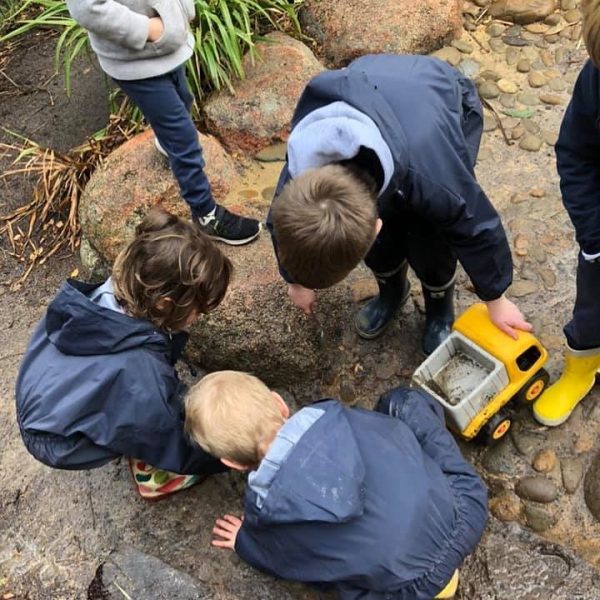New research gives insight for ECEC leaders into what makes good teams tick

New research from Carnegie Mellon University and John Hopkins University provides insight for early childhood education and care (ECEC) leaders about how to form good teams, and about the importance of groups having access to adequate resources (e.g., labor, knowledge, raw materials, technology, financial capital), as well as how they use those resources to ensure optimal performance.
Researchers found that groups with the same resources vary in how they use what is available, suggesting that the same resources can have different effects across groups, providing interesting insights for providers who work with more than one service, and for those who are interested in how teams may work across individual services.
More than 1,300 employees were involved in the research, which used banking as an initial field of study, looking at retail sales teams in a large regional bank to explore whether groups vary in how they convert resources into performance.
The researchers found that providing employees with resources is generally a helpful thing, but that groups vary greatly in the results they deliver, even when they have the same resources. The determining factor in how well the resources are used, or otherwise, is the amount of coordinated attention the group pays, and how they communicate with one another.
Anna Mayo, a co-author of the study, explained that researchers looked at how the effects of knowledge-related resources vary from team to team to determine how certain groups benefit more than others.
Using data from a US retail banking sales group the researchers examined whether teams varied in how they converted resources into performance (i.e. monthly sales). Sales groups consisted of two to 17 retail sales personnel that were working in the same location.
The primary measure of performance was sales revenue generated, including the services employees provided (e.g. checking and savings accounts, credit cards, mortgages) to both new and current customers. Researchers also interviewed key sales personnel.
Researchers controlled for a number of factors that might otherwise influence the results, including the age and gender of team members, the period of time they had worked for the bank, their prior experiences of working together, and salaries. Controls were also in place for prior performance (the average individual sales from the month prior to the study), turnover, evaluated ability, and market factors.
A key success factor for all groups was functional diversity – having members with different types of roles and organisational functions – as well as the number of team members working together.
Groups that had a good mixture of job roles and responsibilities, and had smaller numbers in the team tended to work better. The groups who performed best were those who coordinated their resources across tasks to avoid delays and missed opportunities.
To put this finding into an ECEC context, groups which comprise of some leaders, some educators, and some senior management personnel would, in theory, achieve more, with those who shared resources (for example, those where an educational leader shared a useful planning template with not only educators, but senior leaders also) achieving the most.
Co-ordinated attention and sharing resources and knowledge allowed relevant information to be shared quickly so members could act on it and complete work efficiently, making those groups the most successful.
Specifically, researchers identified email activity as an indicator of coordination among groups because employees used email to share referrals, inquire or share information about the bank’s products and services, and transfer information.
Using archival data on email activity among sales group members, the researchers measured the ‘burstiness’ of emails – that is, how the emails were clustered in time as opposed to being distributed uniformly across time. They found that groups that sent emails in bursts had greater success capitalising on available resources.
Associate Professor Anita Williams Woolley, study co-author, said that the research has practical implications for teams of all types.
“In organisations with many teams working on the same or similar tasks, it may be prudent to identify which groups are most likely to communicate in ways that capitalise on resources,” she said.
The study, by researchers at Carnegie Mellon University and Johns Hopkins University, is published in Academy of Management Discoveries and may be read here.
Popular

Workforce
Quality
Research
When did it start to go wrong?
2025-12-18 08:00:46
by Fiona Alston

Quality
Workforce
Practice
Research
Let’s not lose the word 'Children'
2025-12-18 07:45:13
by Fiona Alston

Practice
Quality
Marketplace
Research
Introducing the Orbit Mobile STEM Shuttle: Taking imagination and innovation on the road
2025-12-19 08:00:28
by Contributed Content














